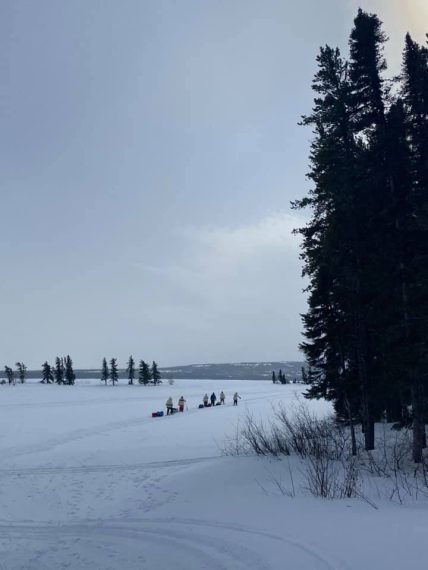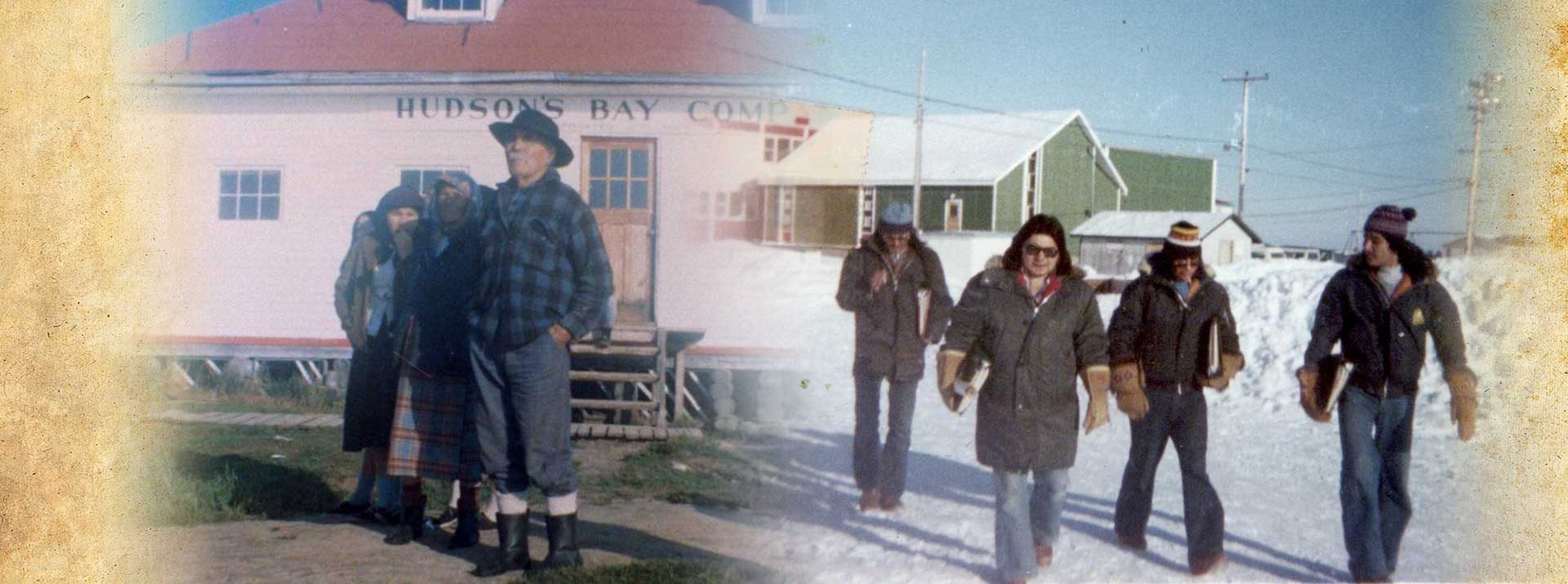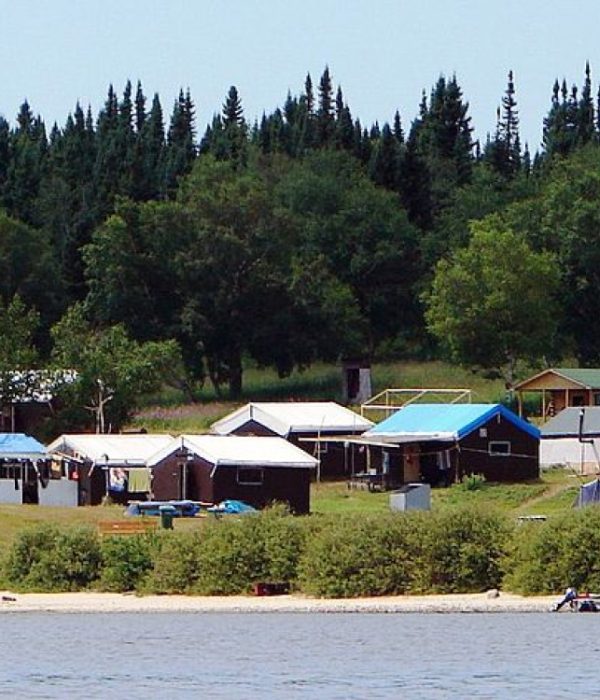
Chief and council


ᐱᒫᑎᓰᐧᐃᓐ
Life in the bush has defined much of our history, shaping our relationship with the land and with one another. The arrival of Europeans and the fur trade brought many changes, but the essence of our way of life (ᐱᒫᑎᓰᐧᐃᓐ) stayed the same. Through challenging times—including the impacts of residential schools in Canada and the dismantlement of our community due to a Hydro-Québec project—we have always persevered.
We, the Nemaska Eenouch, have always lived, fished, hunted, and trapped peacefully in the Nemaska area, largely untouched by the outside world. During our annual summer gatherings at Nemaskau Sagaheegan, we caught an abundance of fish, including lake sturgeon and whitefish.
Long before European fur traders and missionaries arrived, our people were present on the lake, as evidenced by oral histories and archaeological findings. European fur traders first reached our settlement around 1663. On June 25, 1672, Jesuit priest Father Charles Albanel recorded his arrival at Nemiskau Lake in his journal. Over the years, trading posts operated in the area, including those of the Hudson’s Bay Company, the Northwest Company, and Reveillon et Frères. The Hudson’s Bay Company established a residence, warehouse, and store in 1906, remaining active until 1970.
In the late 1940s, the Anglican Church built a church at the Old Nemaska Post, followed by the construction of the Nemaska Summer Day School. This school, managed by a non-native teacher, introduced us to institutionalized education for the first time.
Before formal housing was introduced, we lived in various temporary dwellings. The Department of Indian Affairs provided our first houses in the 1950s.

In the summer of 1968, a government representative visited us with life-changing news: our community would be flooded as part of a massive hydroelectric project. We were told we had to leave our ancestral home, leaving only the Hudson’s Bay Company facilities, the church, and the graveyards above water.
That summer, we were forced to leave and relocate to Mistissini and Waskaganish. At the time, most of us lived simple, traditional lives, unfamiliar with non-native governments, agencies, and developers. Few of us had formal education beyond the traditional knowledge and life skills passed down through generations. Many of those of us attending residential schools were not even aware that our community had been abandoned.

In September 1977, about 95 members of Nemaska decided to gather near Champion Lake, not too far from our original settlement. With support from the Grand Council of the Crees, we came together to evaluate our options. After careful consideration, guided by the wisdom of our Elders, we chose the new site where our community stands today.
832
Residents
1977
The year we established ourselves on the shore of Lake Champion (new settlement)